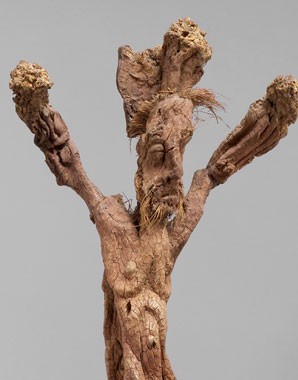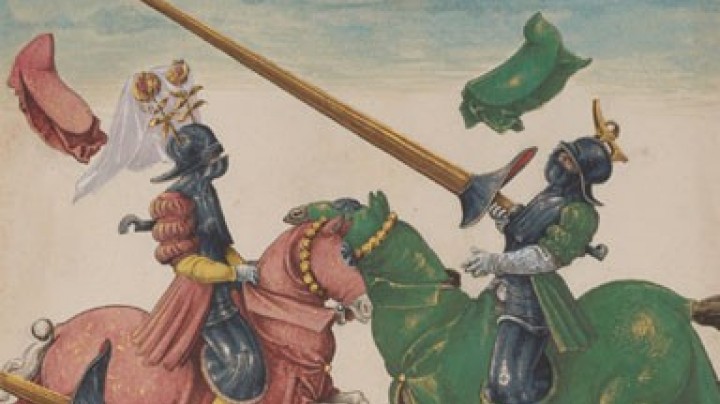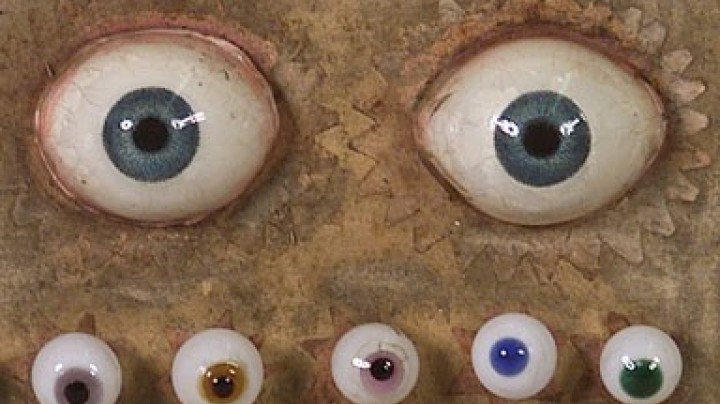Dealing in drugs and herbs. A lucrative business
Voyages of discovery and overseas trading made foreign medicines a profitable business.
As early as 1432, a Viennese pharmacy had many exotic wares in its repertoire: pepper, saffron, ginger, cloves, cinnamon, nutmeg, incense, caraway, sugar, rice, olive oil, figs, grapes, almonds, soap, wax, plaster and sweetmeats, as well as brimstone (sulphur), alum, camphor, bluestone (copper sulphate), theriac (a specific made of a large number of different ingredients), mastic, and sundew. Many of these products were imported from the Orient via Venice. Originally, simplers (people who gathered and dealt in medicinal plants or ‘simples’) and apothecaries bought these spices and substances and made them into medicines. In the wake of the European voyages of discovery, the range of products became ever wider and therefore more expensive.
Together with many other items, the discoverers of the New World brought chocolate, tobacco and guaiac wood (lignum vitae) back to Europe. Medical scholars in particular were eager to test the new products for their curative effects, and as they published their findings in their respective language and not, as before, in Latin, laypeople were able to acquaint themselves with these innovative drugs. Academically trained physicians thus endeavoured to strengthen their professional standing in relation to that of apothecaries as the latter were not yet subject to control by the medical faculty and therefore free to produce any kind of remedy without medical supervision or approval. They published herbals and pharmacopoeias written for a general readership, the popularity of which can be seen from the private annotations added by the purchasers of such writings.
The new remedies were easy to incorporate into the predominant model of the four humours, which defined the human body as a combination of the four cardinal humours of blood, phlegm, and yellow and black bile, which, in turn, were associated with the organs heart, brain, liver, and spleen and assigned the qualities of warmth, cold, moisture and dryness. Balance between the four humours was essential for one’s health. Tobacco and guaiac wood were accepted into the physicians’ canon of drugs on account of their assumed cleansing and sudorific effects as they served to purge the body and thus regulated the balance between the humours.
Scientific argumentation and the popular dissemination of medical manuals exerted great pressure on the apothecaries. In 1564, Ferdinand I promulgated the first comprehensive Apothecaries Act, which made apothecaries answerable to the medical faculty and compelled them to study medicine before they were allowed to practise their profession.

















